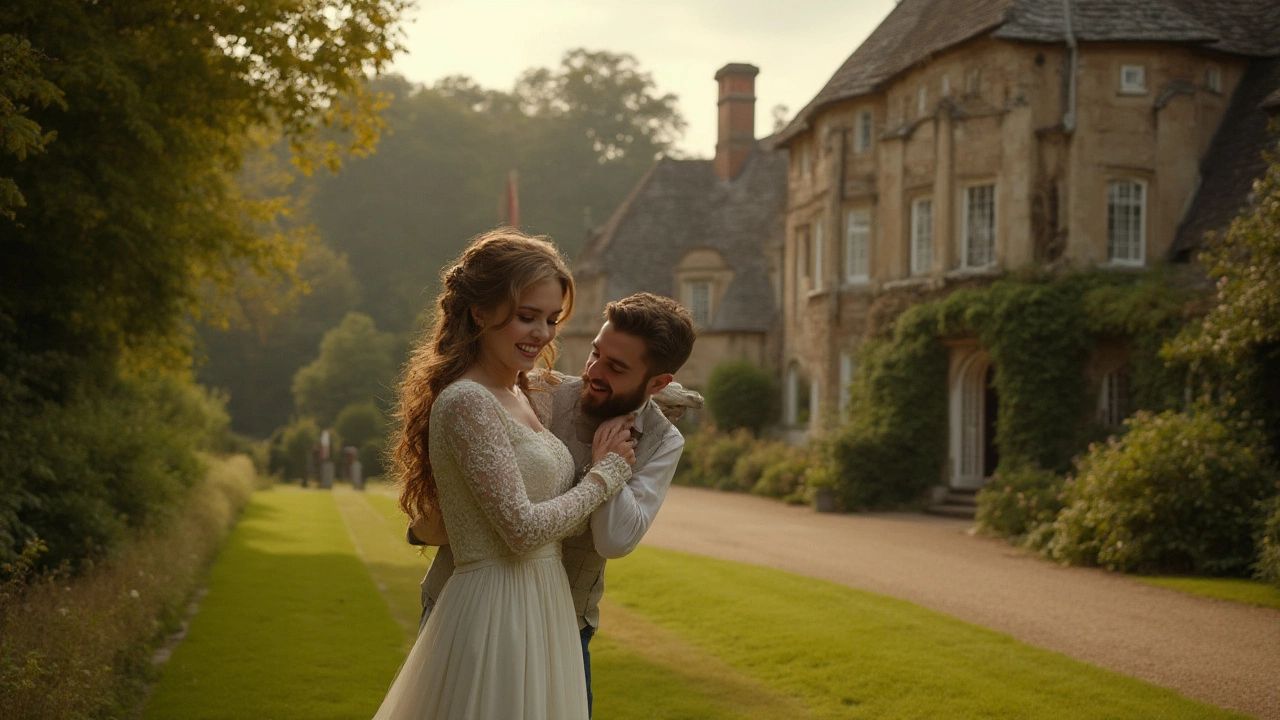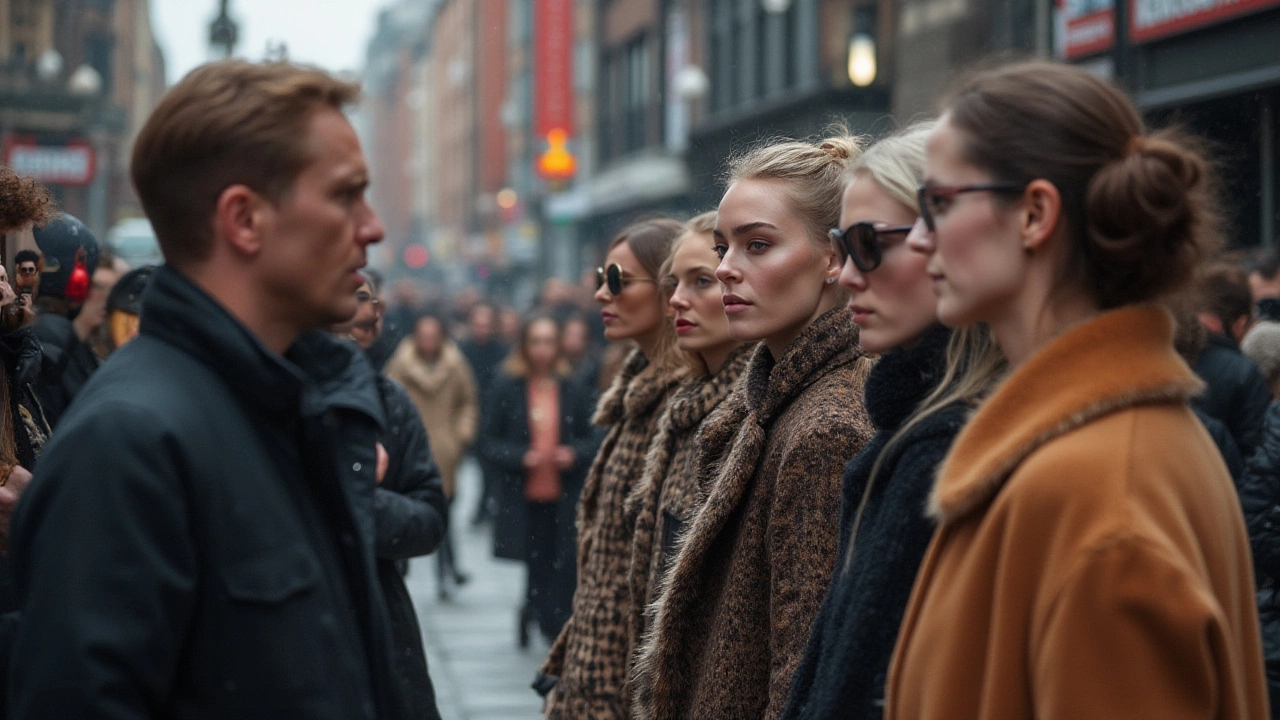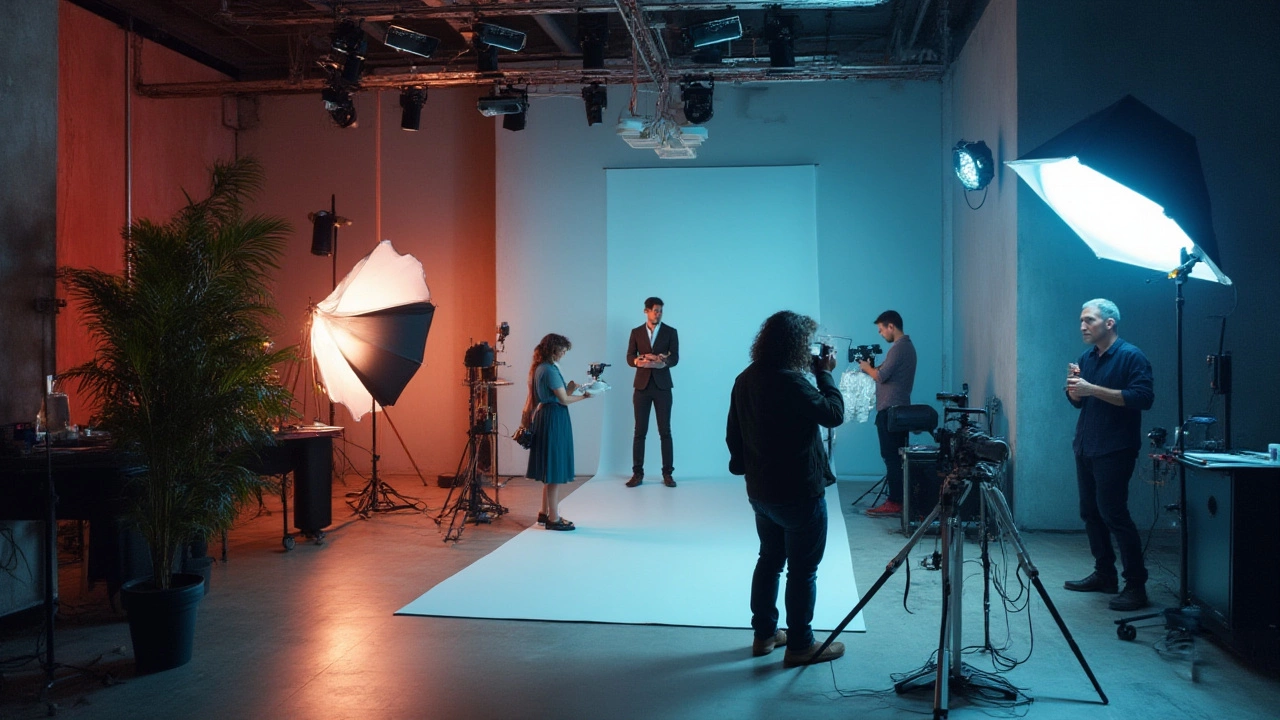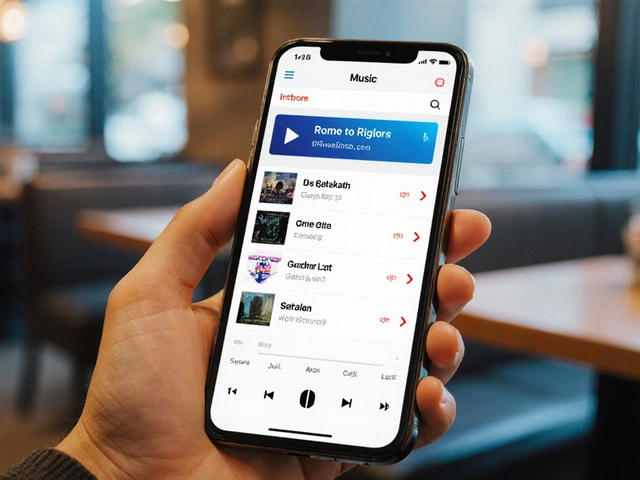If someone told you snapping photos is just a hobby, they probably never peeked at an invoice from a top wedding photographer or a fashion shoot for a major brand. Photography isn’t just art; it’s big business. And while there’s passion in every genre, let’s be straight: some types of photography put far more cash in your pocket than others. Ever wonder why some photographers book months in advance and others scrape for gigs? The money is not equally sprinkled across the field. The magic formula isn’t just about clicking a shutter—it’s about being in the right niche, at the right time, with the right skills.
Take commercial photography, for example. We’re talking billboards, glossy ads, product catalogs—the photos that move products for billion-dollar companies. Then there’s wedding photography, which can pay more in a day than some folks earn in a month at an office job. It’s not about luck; it’s about knowing where cash flows. Let’s dig into which types of photography actually make the most money, who’s raking in those paychecks, and what sets them apart from the rest. Ready to get real about where those dollar signs are hiding in the world of photography?
The Big Earners: Photography Niches That Bring in the Bucks
Let’s start where the money flows: commercial photography. This is the heavyweight champ for earnings. Companies drop serious cash for images that sell products, define brands, or explain services. Ever seen those mouthwatering burger ads? Or car commercials shot in jaw-dropping locations? There’s a team behind each image—and the lead photographer is cashing big checks. According to the Bureau of Labor Statistics, the top 10% of commercial photographers in the U.S. make over $85,000 a year, and in major cities, that number often climbs past six figures. Big names and agencies sometimes pay $5,000 to $25,000 (or more) for a single day of shooting.
But it’s not just for those already famous. Product photography is a goldmine for freelancers, too. Look at Amazon, eBay, Shopify stores—every seller needs sharp, professional images. Product shoots typically start at $100 per photo for small setups and can soar much higher for branded launches. Here’s the secret: commercial work may be less glamorous on a day-to-day basis, but it’s repeat business if you deliver. Companies value consistency, reliability, and someone who can make their widget look cooler than the competition.
On the flip side, wedding photography is the undisputed king of the event scene. You think, "How hard can it be?" But booking a wedding shooter is like hiring an artist, therapist, and logistics master wrapped in one. The stats are wild: in 2025, the average wedding photographer in the U.S. charged between $2,500 and $5,000 per event. Top-tier pros command up to $20,000 for luxury gigs. The crazy part? One blockbuster summer can put more in your bank account than a year of slogging through uninspired gigs elsewhere. What makes weddings lucrative isn’t just the big packages; it’s all the extras—albums, prints, engagement shoots, and second shooters add up fast.
Let’s not forget about fashion and editorial photography. These gigs are flashy, but the pay varies wildly. Big magazine covers and ad campaigns pay handsomely (think $10,000 or more for a single shoot with a major brand), but the day-to-day work for indie magazines is often more for exposure than cash. Fashion’s where established names and connections pay off. If you’re shooting major runway shows or working with designer labels, the sky’s the limit—reliable gigs still pull $2,000-$6,000 for a day’s work.
Then there’s real estate photography. It doesn’t get much hype, but it’s an incredibly steady cash stream, especially in hot housing markets. Realtors want homes to look inviting and high-end online, so pro photographers charge between $150 to $500 per listing—sometimes more for luxury properties. Some focused full-timers can shoot several houses a day, laddering up to $100,000 annually with solid marketing and tight workflows. Add drone footage, twilight shots, and video walkthroughs, and you’re adding premium fees that buyers can’t resist.
Another sneaky cash cow: corporate and headshot photography. Every business wants their executives and teams looking sharp online. A polished headshot session fetches $300-$600 in most urban areas, while companies often book dozens of employees at once (think $3,000+ for a half-day group session). This niche is repeatable work with businesses and law firms renewing photos every couple of years or hiring for new hires, making the income somewhat predictable and reliable—music to a freelancer’s ears.
So, which pays the best? Hands down, commercial and high-end event (wedding) photography offer the deepest earning potential for anyone willing to hustle, build their rep, and pitch their services to decision-makers. But the magic happens when you combine skill, business smarts, and a knack for marketing yourself. Niche down, charge what you’re worth, and—believe it or not—set up systems to keep those clients coming back.

How Top-Earning Photographers Land Big Money Gigs
Let’s not sugarcoat it: plenty of talented photographers still struggle with income. Why? Because the leap from ‘taking great photos’ to ‘making great money’ is all about mindset, branding, and business chops. You can have a killer portfolio, but if nobody sees it, or if you can’t convince big clients to trust you, you’ll spin your wheels. Here’s how the pros make it rain.
First, specialization sells. Want to get paid like the pros? Don’t try to shoot everything under the sun. Top earners pick a lane: maybe it’s luxury weddings, bold product shoots, or jaw-dropping corporate portraits. They study what excites their target clients, then speak directly to those needs in their marketing, website, and social feeds. Instead of saying “I’m a photographer,” they say, “I help high-end realtors sell faster with magazine-quality images” or “I create wedding stories for couples who care about every detail.”
Second, relationships matter. This isn’t Instagram follower-count stuff. In the photography world, referrals are gold. Most big commercial jobs or luxury weddings come from word-of-mouth—one jaw-dropping shoot leads to another. Savvy photographers stay in touch, send follow-ups, reward repeat clients, and don’t shy away from asking for testimonials or referrals. They show up reliably, deliver on time, and bring calm in high-pressure environments. That’s what keeps brands and couples coming back again and again.
Third, it’s about adding value—not just pressing a button. Top commercial and event shooters don’t just take pictures; they help with creative concepts, scout locations, advise on styling, and suggest how final images can be used across branding, social media, or print. For product photography, adding services like stop-motion animations or 360-degree spins can instantly boost your rates. For wedding shooters, offering custom-designed albums or same-day slideshow previews is a solid upsell strategy. The more you offer, the more each client is worth.
Here’s a tip from agency circles: Always license your images strategically. A big mistake beginners make? Selling all rights cheaply or giving away raw digital files. The pros know that usage fees—charging extra for images used in ads, billboards, or multiple platforms—can multiply each shoot’s total value. For example, a single image licensed for international ad campaigns can bring $10,000 or more, compared to a few hundred bucks for local use. Savvy contracts and clear communication about usage are essential.
Don’t skip personal branding. The top photographers aren’t just good—they’re memorable. Maybe it’s a distinctive editing style, clever branding, or the way they make clients feel valued. This human touch brings loyalty in a crowded market. Look at Annie Leibovitz or Peter Hurley as case studies: they’re known for their unique vision as much as their technical chops. Even if you’re a solo shooter, think like a business and brand yourself so you can charge what you’re worth.
Gear matters, but not nearly as much as hustle and attitude. You don’t need the latest $10,000 camera to charge premium rates. Some of the most lucrative shooters started with mid-level kits but invested their profit into marketing, business skills, and building a killer workflow. Communicate fast, deliver images ahead of schedule, and make the client experience exceptional from first email to delivery—they’ll come back for more.
Finally, diversify where it counts. The top wedding and commercial shooters sometimes mix in a little real estate or corporate work during slow months, knowing that steady cash flow beats dry spells. Others sell online courses, presets, or even niche stock photos. Multiple streams mean you’re never overreliant on one market’s mood swings—and you keep building new relationships with each job.

Tips for Turning Your Photography Passion Into Profit
If you want to break into the big-money side of photography, forget the myth that it’s all luck or who you know. Here’s a what-actually-works playbook for stacking up real income.
- Most profitable photography starts with treating your business like an actual business. Get legal. Use contracts. Track your income and expenses, and invest some profit back into smart marketing—think a slick website, solid SEO, or targeted local ads.
- Learn to price for value, not just time. If you shoot a product in a way that sells thousands of units or create images a couple will treasure forever, your price should reflect impact, not just hours worked. Study successful photographers in your area and see what extras they offer in their top packages.
- Niche down and become the go-to person for a specific need. When you’re the only pro in town specializing in luxury real estate twilight shots, or destination elopements, you can charge and book more.
- Network outside of photography circles. The big commercial gigs or high-ticket weddings often come through event planners, ad agencies, realtors, or business consultants. Offer to shoot free or discounted work for a key decision maker just once—you’ll get referrals if you rock it.
- Stay hungry and keep learning. The photo world changes fast. In 2024, AI editing tools, drones, and 3D imaging started transforming markets—and those who learned first scooped up new clients. Courses, YouTube, workshops—never stop improving.
- Consider passive income streams. Stock photography isn’t as lucrative as it once was (unless you specialize in rare, high-demand niches), but educational products, posing guides, or lightroom presets keep extra money coming in between shoots.
- Create client experiences worth talking about. Send a thank you card after a shoot, share behind-the-scenes shots, deliver a surprise extra print. These small touches make clients excited to refer you and book again.
- Finally, never sell yourself short. If a potential client says you’re too expensive, that usually means they don’t understand the value or aren’t a fit. Better to lose one client than undercut your future profits—and confidence. The photogs stacking real cash have the guts to stick to their rates and explain why they’re worth every penny.
The truth: the path to big earning in photography isn’t easy, and it’s rarely instant. But if you pick the right niche, commit to learning the business side, and develop a reputation for value and reliability, you’ll start seeing those dream gigs pop up in your inbox. Follow the money, build relationships, and never stop improving. That’s the blueprint to turning photography from “just a passion” into a serious income machine.



